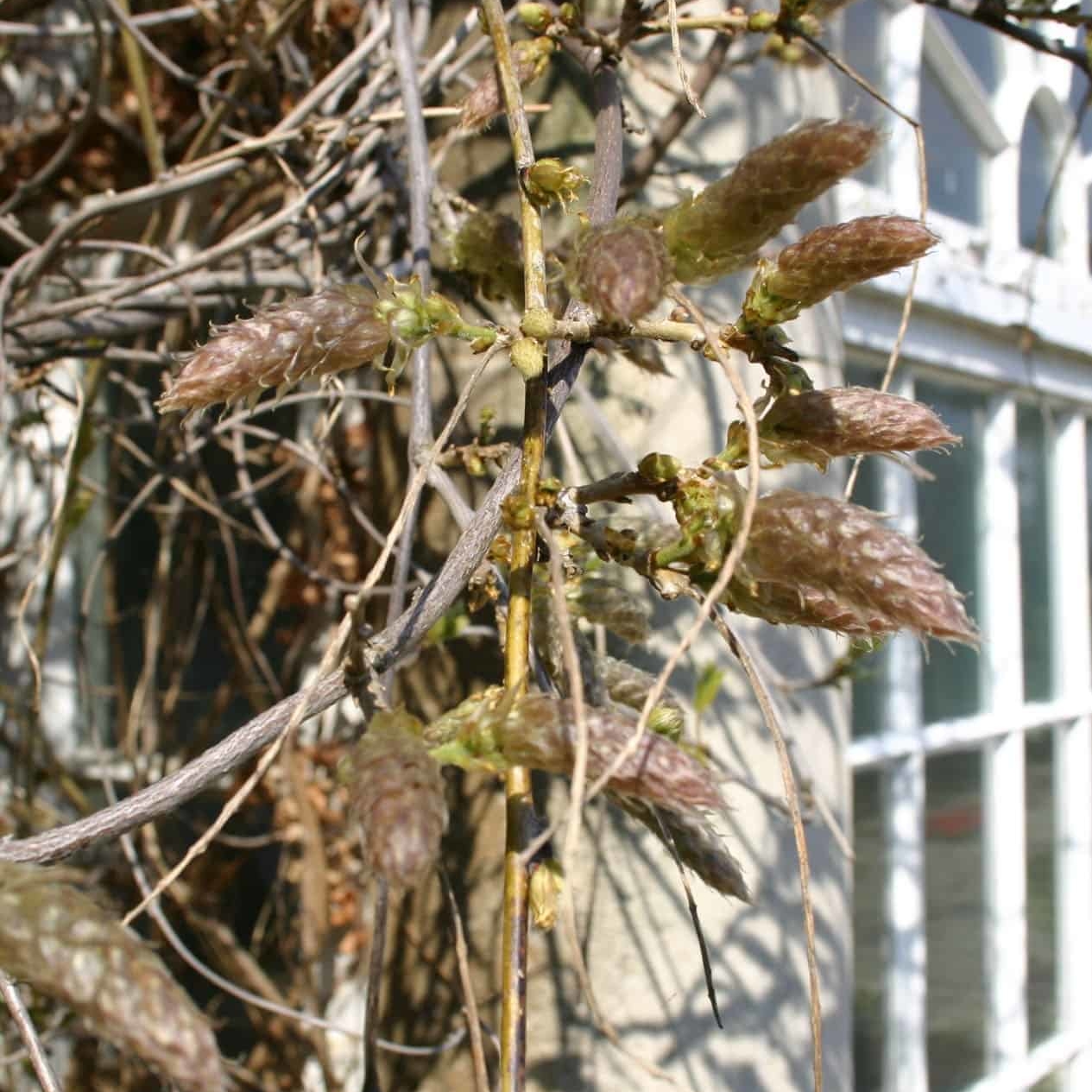Autumn lawn care
Autumn is a time when your autumn lawn care regime commences and as grass seems to slow down its growth and you can have a bit of respite from the weekly mowing chore. Underground your grass plants are busy growing new roots and ’tillering’ (growing side shoots). This makes it an ideal time to give your lawn some really thorough treatment. Knowing a little about the biology of the grass plants can help your understanding of the practical operations that are best carried out in autumn.
Scarify, aerate, top dress and fertilise
Scarifying your lawn at this time of the year is step one in my autumn lawn care guide. Getting rid of ‘thatch’ (the debris from mowing and fallen leaves etc. that collects on the soil surface) and clumps of moss. This will initially make it look scruffy and reveal bare patches. Autumn is a time for root growth and the ’tillers’ (side shoots) are in active growth so they will quickly cover any bare patches. If you scarify too heavily in the spring time when grass is simply growing upwards, trying to produce flower spikes these bare patches do not cover over very well and weeds will often start to creep in.
Aerate your lawn. This is really important because those roots need oxygen to remain healthy. The soil tends to become compacted over the summer with constant use. This restricts gas exchange to the root zone. All plant cells need access to oxygen including the roots so we need to break through the compacted layer of soil and leave some channels for air flow. On large areas you may want to hire a machine to do the job. Some machines will do both, the aeration and the scarification. Smaller areas can be tackled with a ‘hollow tine’ lawn aerator which removes a core of soil. This leaves a nice open hole over the surface. A fork will suffice on very small areas of grass but because they do not remove any soil they can contribute to compaction.
Top dress. After aerating you should brush a good quality top dressing into the surface. It will drop down into the holes made by aerating the lawn and will help to stop them closing up. The top dressing is a blend of sand. This improves aeration, leaf mould to aid fertility and loam which aids nutrient retention and structure.
Fertilise. By now your lawn is going to be looking pretty bad, all good signs that you’ve started your autumn lawn care! All these treatments will take a while to show the long term benefits of a greener, healthier lawn. It will need some nutrients to boost growth. Summer lawn food contains a high level of nitrogen which makes the grass grow lush and green. However, to prepare your lawn for winter we want to slow down growth and harden up the grass before the cold weather begins. We also want to encourage good root growth and tillering through the mild periods. Autumn lawn food is low in nitrogen but high in potash with some phosphorous included. These nutrients are a perfect blend to encourage this type of growth.
Caroline Wright
Caroline brings decades of horticultural experience, both practical and theoretical. Having lectured at Brackenhurst Horticultural University for many years, Caroline has now relocated to France and is following her passion for growing plants and teaching. Caroline and her husband Paul run the plant nursery, propagating all of the plants themselves and lead a wide selection of fun and interactive horticultural and craft based courses.


